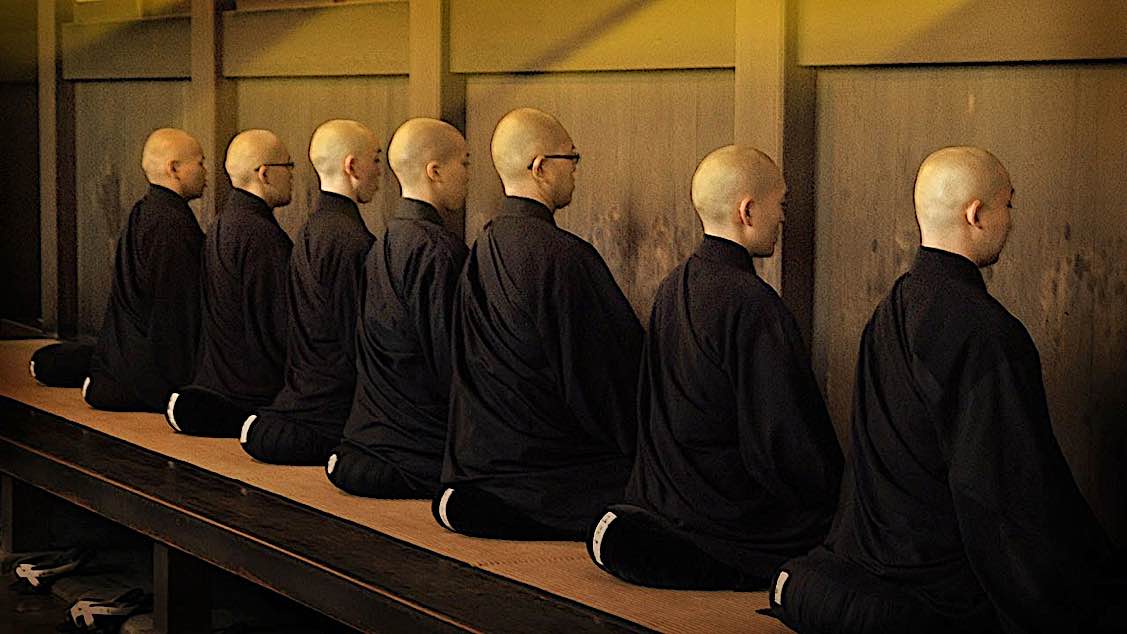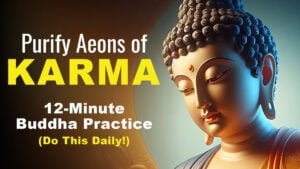Six ways to focus the mind: Metta, mindfulness, breath, progressive, transcendental, or Zazen
Our society is rife with stress, competition, fear, and commercialism – yet we’re at a time when spirituality has become a buzzword. On one hand, there’s definitely an increased need for spiritualism in a stressful environment, but there still seems to be a disconnect here.
While we may be on the right track with yoga, finding your spiritual purpose is much deeper than what you can expect from an hour a week at a yoga studio.
Finding your personal path involves introspection and self-discovery, which you won’t get if you’re doing yoga to be trendy or fit. Certainly, this isn’t to say that yoga is bad. The point is that you must also take measures to get to know your spiritual self. When all the pressures of society are stripped away, who are you, really?
Meditation can help you reconnect with your spiritual self. But not every meditation style is right for every person.
Let’s explore the various meditation types.
By Trevor McDonald (Bio below)
Metta meditation
You may also hear this type of meditation called loving-kindness meditation because its main purpose is to cultivate love and kindness towards everything. And yes, that includes your frenemy at work who sabotaged your promotion. This is not an easy concept to master. But just imagine how happy you could be if you looked at everything with love and kindness. Remove all your negative thoughts and reactions, and you just feel good.
The essence of Metta is contained in the short practice of taking refuge and the four immeasurables, here beautifully chanted by Yoko Dharma
How to practice
With this type of meditation, you breathe deeply while opening your mind to receive love and kindness. Then, you’ll actively send messages of love and kindness out into the world.
Like all forms of meditation, Metta meditation takes some practice before you feel like you’re on the right track. You may need to repeat your messages of love many times before you feel the love emanating from your core. When you feel it, you have accomplished a temporary goal. Over time and practice, these feelings of love should remain with you even when you’re not meditating.
Progressive meditation
Progressive meditation is a popular form of meditation for people who are experiencing physical pain or discomfort. The goal of progressive meditation is to notice tension in the body, recognize it and release it. [Similar to body scan meditation or “mindfulness of body” meditation.]

How to practice
Start at one end of your body, whether it’s the crown of your head or the tips of your toes, and work through your entire body. There are a few ways this can be done. Some practitioners tighten and release muscles as they work through the body while others visualize a wave drifting over them, relieving tension as it goes.
If you’re currently suffering from chronic pain, this may be a good style to try. Because of its relaxing properties, it may also help if you have trouble getting to sleep.
Mindfulness meditation — Sati
Mindfulness meditation (Sati in Pali sutta, e.g. Mahāsatipaṭṭhāna Sutta) has become a very popular form of meditation in recent years, and its benefits have been well researched. One University of Kentucky research review(1) concluded that mindfulness meditation may help alleviate many conditions, including pain, anxiety, stress, depression and eating disorders. [See this feature on the research into meditation’s benefits>>]
The basis of mindfulness meditation lies in living in the present moment.
So often, we spend our time dwelling on the past or dreading the future. Mindfulness meditation attempts to correct this behavior by helping the practitioner focus on the present moment and become more aware of this surroundings.
How to practice
Most people start their practice in a group setting or in a quiet room where there are no distractions, but once you get the hang of it, you can practice mindfulness meditation anywhere. It’s all about bringing yourself and your thoughts into the moment. When you’re on a nature walk, for example, you will focus on the green leaves and brown tree trunks. Your attention will go to each step you take as you feel your foot hitting the soil.

This is where some people get confused between the forms of meditation because they all involve some form of mindfulness. The other forms simply have a specific route to get there. For example, in progressive meditation, you will achieve mindfulness by focusing on relaxing the body. [For a full feature on mindfulness meditation, see>>]
Breath awareness — Ānāpānasati

You’ve probably heard of this type of meditation before. It’s a common method for beginners because it gives them something constant to focus on. You aren’t going to stop breathing because you’d die. And if you change your breathing pattern or hold your breath, you’ll notice.
How to practice
As you meditate, you can count breaths or simply notice them. As you draw air into your body, notice how it feels. Feel it passing over your teeth and filling your lungs.
With this type of meditation, you won’t try to control your breaths. You’ll simply focus on your breathing instead of the thoughts that drift in and out of the mind. Because it’s a form of mindfulness meditation that’s great for beginners, breathing awareness meditation is often used for treating anxiety disorders(2).
Transcendental meditation — Mantra
As the name implies, the goal of transcendental meditation is to transcend your current state of being. This is a very spiritual form of meditation, and involves using mantra sound as a focus.
How to practice

To practice transcendental meditation, you’ll find a comfortable position, breathe slowly and focus on a mantra. [For a feature on mantras — including their purposes, see>>]
Typically, you would practice this meditation with a teacher who will provide you with the mantra based on your needs.
There’s a more contemporary version that allows the practitioner to choose their mantra. This is very similar to transcendental meditation, but not technically the same.
Zen meditation — Zazen
Sometimes called Zazen meditation, Zen meditation is a Buddhist practice. The practice of Zen meditation involves very specific steps and postures, so if you’re interested in learning, you may want to find a teacher. Check with a nearby Zen Buddhist temple to find out whether they offer group sessions. [For a feature on Zen Zazen, see>>]
How to practice
Although this form is a bit more disciplined, it combines elements from other forms of meditation to achieve mindfulness. Your goals are to find a comfortable sitting position, focus on your breaths and observe your thoughts without judgment.

Like Transcendental Mantra meditation, this is a useful meditation type if you’re looking to connect with a deeper level of spirituality — in addition to the physical and mental benefits(3) you’ll find with any meditation.
To find the right meditation style, you may need to try a few. If you’ve never meditated before, you may start with a simple breathing awareness exercise or a short mindfulness meditation. If you are further along in your practice, you may opt for Zen or transcendental meditation.

NOTES
More articles by this author
Search
Latest Features
Please support the "Spread the Dharma" mission as one of our heroic Dharma Supporting Members, or with a one-time donation.
Please Help Support the “Spread the Dharma” Mission!

Be a part of the noble mission as a supporting member or a patron, or a volunteer contributor of content.
The power of Dharma to help sentient beings, in part, lies in ensuring access to Buddha’s precious Dharma — the mission of Buddha Weekly. We can’t do it without you!
A non-profit association since 2007, Buddha Weekly published many feature articles, videos, and, podcasts. Please consider supporting the mission to preserve and “Spread the Dharma." Your support as either a patron or a supporting member helps defray the high costs of producing quality Dharma content. Thank you! Learn more here, or become one of our super karma heroes on Patreon.
Trevor McDonald | Author
Author | Buddha Weekly
Trevor McDonald is a freelance writer, avid yogi and writes extensively about recovery from alcoholism and drug addiction. He has been in recovery and sober for over five years. Since his recovery began, he has enjoyed using his talent for words to help spread treatment resources, addiction awareness and general health knowledge.















